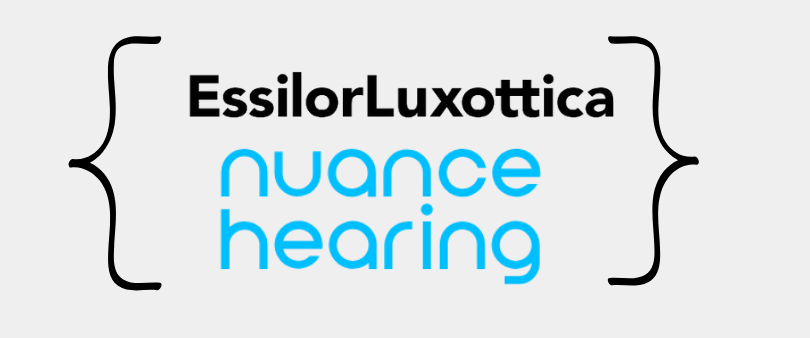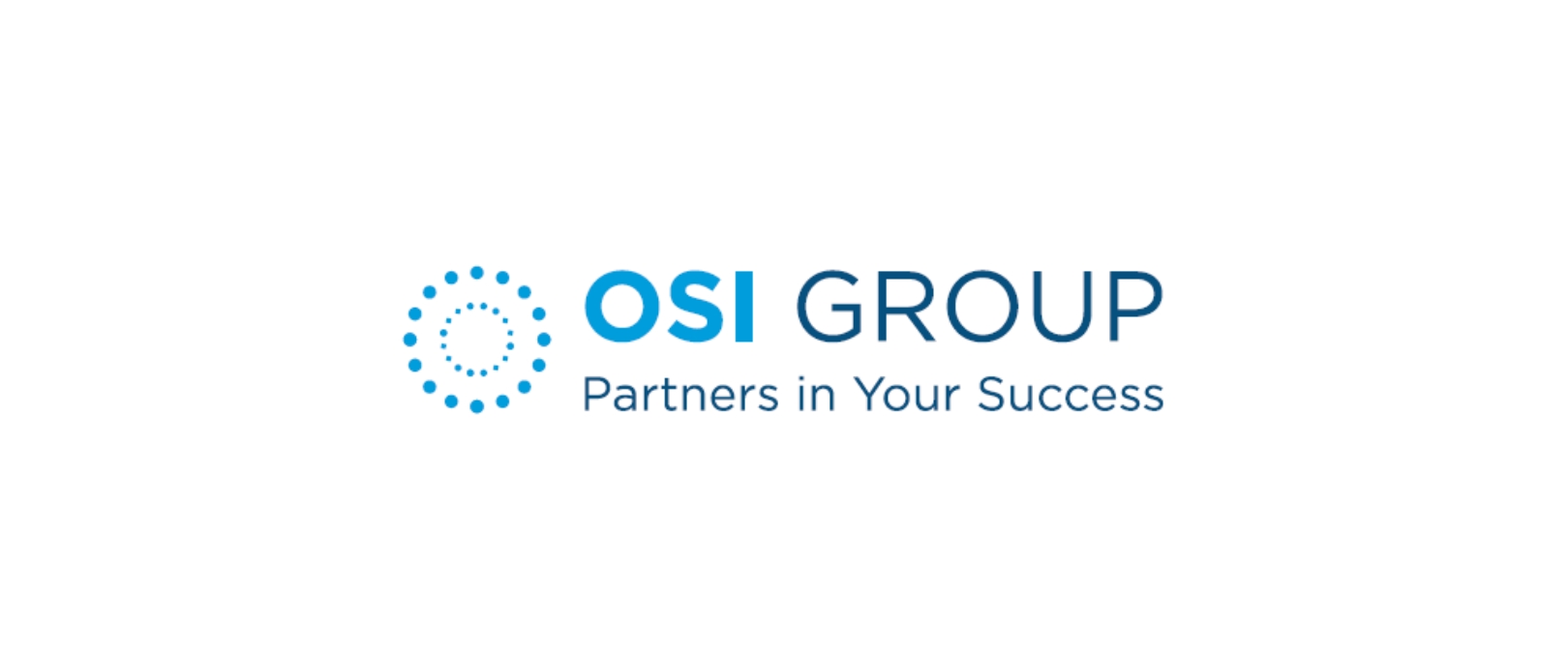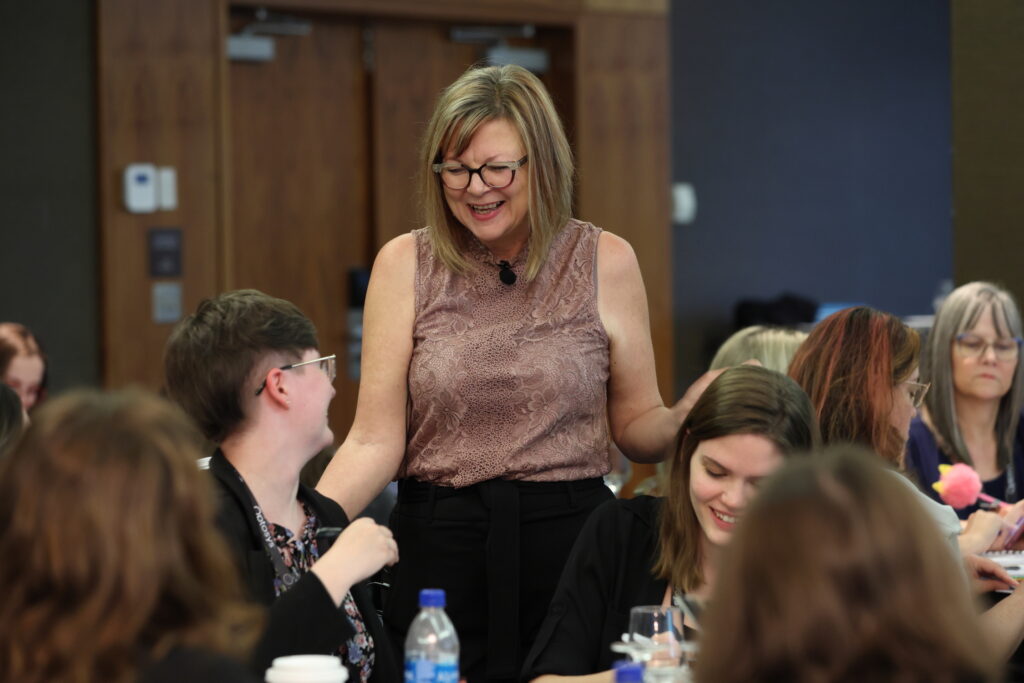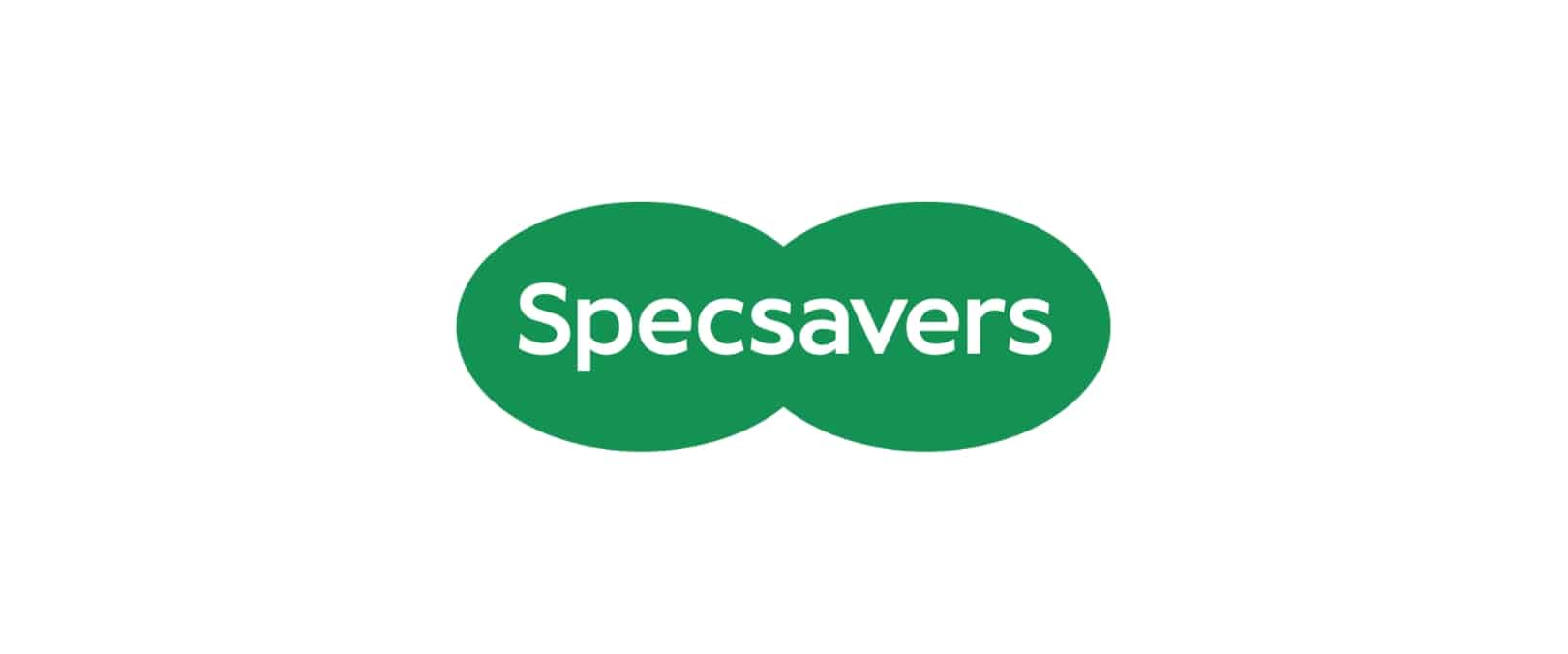By Dr. Wynn Nguyen-Le
“Differentiate or Die”
That was the title of the book I saw when I first opened my locker on my first day of Optometry school. It was a bit shocking to say the least. It almost seemed like an eerie omen. I later discovered that the books were given to the previous year’s class during a guest lecture. Over the years, the title has stayed with me. And with more experience, I’ve learned what it meant.
In a world where choices come as easily as a flick of a finger, differentiating yourself is vital. And the primary driver must be how you can add value to your patient’s life. I have identified three critical pillars that are commonly found in practices that thrive.
Those pillars are investing time in your patients, in yourself, and in your team. Specifically, investing time in your patients by forming meaningful connections, investing time in yourself by becoming an expert in the area of your passion, and investing time in your team to ensure you share the same vision.
The Patient: Connect
Making meaningful connections with your patients is key to helping them thrive. Spending a little more time goes a long way. Connecting with patients to learn about their needs and wants helps us help them more thoroughly. Build a safe space within your exam that allows the patient to share and ask questions. By inviting questions, you may open a dialogue that can lead to a deeper understanding of the patient’s needs.
Spending more time per patient and seeing fewer patients throughout the day can have a massive pay off. This pay off comes in terms of patient satisfaction, doctor fulfilment, and, as many will be surprised to find, higher income. Practices can reach a point where they see too many patients in a day and both the patient and the practice suffer.
Therefore, it is important to keep an eye on this critical metric to avoid falling victim to the high-volume fallacy. Quite often, less is more.
Spending more time on each patient will mean different things for different practices. Some practices may have the support to extend information taken through pretest so that the exam is focused less on data collection and more on counselling. Some practices may be located in areas where they can afford to see fewer patients overall. Whatever that solution may look like, it is important to prioritize spending time to connect, communicate and counsel the patient.
Patient-centered care means empowering patients with the knowledge to make decisions for their own health. This doesn’t mean giving the patient an overwhelming amount of information, but it does mean not limiting your recommendations based on what you think the patient can afford, or based on the time limits that your exams allow. This also means spending enough time with the patient to be able to understand their lifestyle well enough to make proper recommendations. This is how you can go from meeting the standard of care to ensure your patients survive to helping them thrive.
The Doctor: Hone
Just as it’s important to go deep into your connection with your patient, it can be equally important to go deep into your understanding of the services you provide. In a primary care appointment, you first need to make sure your patient’s eyes will survive. Once you’re certain you’ve achieved that goal, you can then help them to thrive. This is where specialty eye care comes in.
Specialty eye care is a great way to build a deeper connection with your patient. A special focus like dry eye or vision therapy presents you with more touch points with your patient – in other words, multiple opportunities for you to connect and understand their needs. The more you can connect with each patient, the more you’ll be able to help them. When you’re able to build rapport and trust with your patient, you will also build loyalty and increase referrals. This is a great way to build up your patient base with folks that value your service. Additionally, having quality referrals means that you don’t have to spend valuable time explaining why regular eye exams are important. Rather, you can spend time counselling patients on better ways they can use their eyes.
Invest time and energy into becoming an expert at something you love, or something you believe your patients need. Seek mentorship and attend continuing education. If
you don’t have an interest in specialty care, then dive in on learning about lenses or UV care. Dig deep into something that can allow you to educate your patients in a way that they can’t just find anywhere. If you become an expert in your passion, you no longer need to differentiate from practices in your area. Patients will search for you from near and far for your expertise.
The Team: Unite
Patients get the best care when your team believes that patients deserve the best care. When the whole team is on the same page, the patient will feel it from the moment they walk through the doors to the moment they check out… and book their next appointment. It’s about creating an environment that the patient wants to return to.
Too often, doctors are the professional you least wish to see. Optometry has the opportunity to be the regular visit that patients look forward to. This should be the foundation from which we build the patient experience.
When training your team, it is important that you both recognize that you are exactly that – a team. The experience your patients have with you is just as important as the experience they have with your team. Likewise, while it’s important for you to spend time making meaningful connections with your patients, it’s equally important to make time for your team to make their own unique connection with the patient. At the end of the day, your team is a reflection of the clinic culture. Patients should feel that they can trust your team to give them compassion and care. The leader has a responsibility to foster this relationship.
There are several ways to support this environment.
- Empower: While we emphasize educating patients so they can make informed decisions, it is equally as important to empower our team with the knowledge we share with patients. If we’re recommending an artificial drop, our team should be equipped with the knowledge to answer questions that the patient may ask. They should know how important it is that the patient walk away with this drop based on why it’s important to their care, how to use it, and when to return to see you again.
- Educate: To take things a step further, investing in education for your team can be just as crucial as investing in education for yourself. Invest in seminars to build soft skills such as cultural sensitivity training or hard skills such as optometric certification courses. The point is to emphasize the importance of empathy for your patients and each other. Team building events are especially important to bond your team and reinforce your common vision.
- Engage: Above all, it is important that you let your team know how important they are to your practice and patients. While you’re busy building meaningful connections with patients, don’t forget to also spend some time building meaningful connections with your team. If you can understand what fills their cup and makes them happy, you can position them in your practice in the best place that can help them thrive.
It is important that you and your team share one unified vision. If your mission is to provide quality patient care, that mission needs to resonate and echo throughout your entire practice.
In a world where patients have endless choices, standing out requires a focus on adding value for the patient. This can be achieved by building meaningful connections with patients, becoming their trusted expert, and doing it all with a strong team. At the end of the day, it may not have to be as dramatic as “differentiate or die,” but you certainly have to differentiate to thrive.
Read Dr. Nguyen’s full article in the July-August issue of Optik Magazine HERE.

















